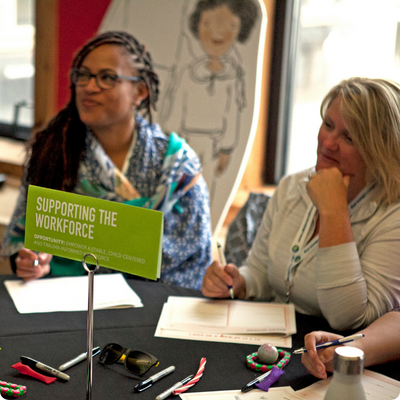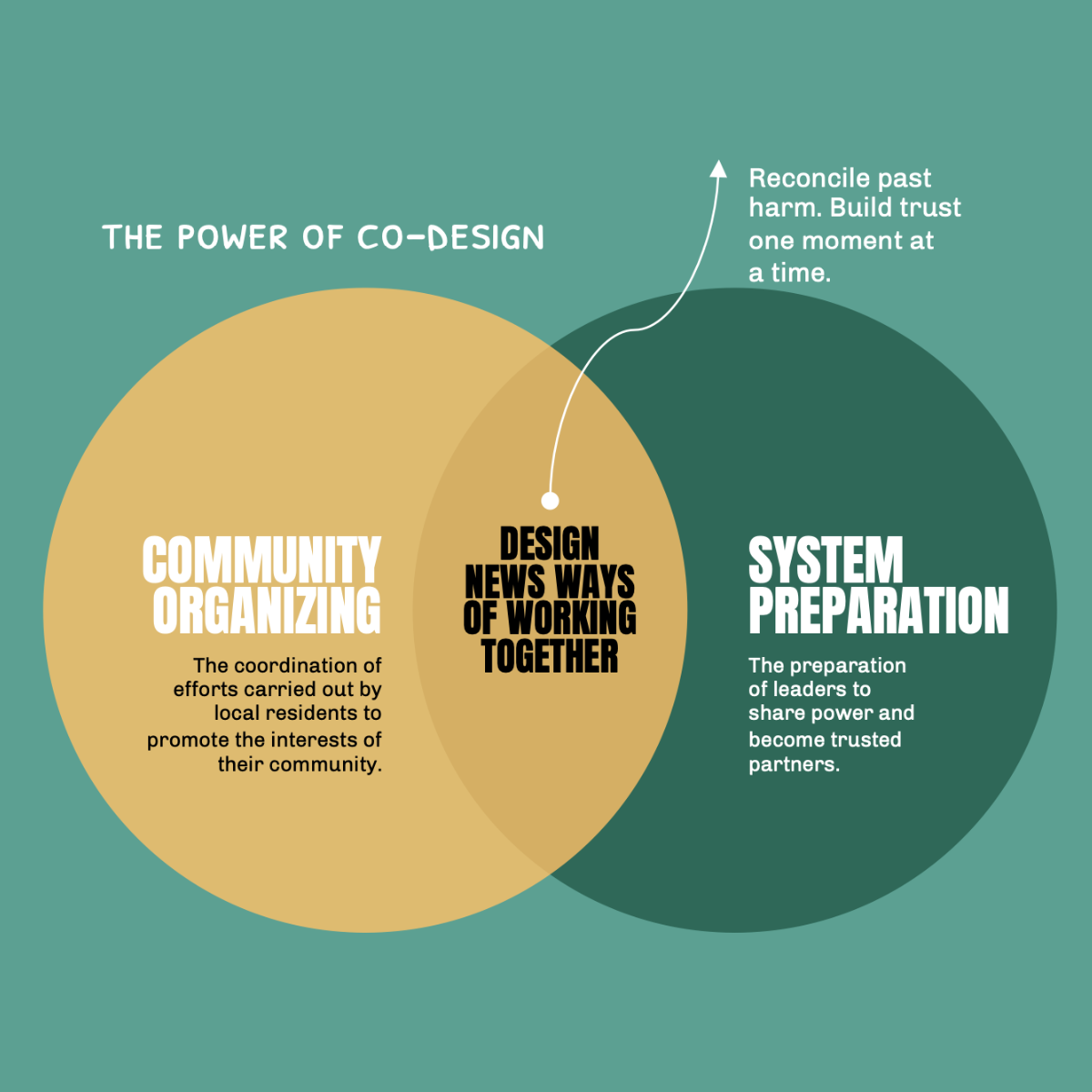
The path to systems transformation in child welfare is laced with challenges, but the rewards are immense. One of these challenges is the resistance to change. This resistance, although natural, can deter leaders (and those they lead) from making progress toward a big goal. This is especially true when that goal may threaten someone’s sense of safety and security. As a leader, it’s important to acknowledge this fear and uncertainty. Here are some common causes of fear as it relates to change, and ways leaders can better regulate their workforce and continue to make strides forward.
Being a leader of systemic change depends on your ability to maintain healthy, functional relationships with your staff. You must understand that change is perceived as a loss, even when that change leads to good outcomes because it often requires asking someone to give something up: their feelings, their expertise, their influence, their control. Then, change can register as a threat to their survival, influencing how they show up in the workplace. The ambiguous nature of starting a new path can cause discomfort, anxiety, self-doubt, and isolation.
Because these strong, and valid, feelings are at play, we know for certain that resistance will come and may appear in unexpected places. The common thread among these folks is the same passion that is motivating the change toward systems transformation: how do we know children are (still) safe? As leaders, we must affirm their commitment and care for the safety of children, while at the same time broadening the conversation so that it’s inclusive of emotional and psychological safety, not just physical.
Throughout our years of supporting child welfare leaders in the hard work of transformative change, toward family unity and community preservation, we hear it often: how do we stay in this work when we are up against so much? How else can we build trust, safety, and hope in those that we lead? Here are some lessons we learned partnering with child welfare leaders during our three year innovation cohort:

- Lean into difficult relationships. We naturally gravitate towards comfortable relationships, but the ones that truly matter often require effort and discomfort. Don’t ignore those who have differing opinions. Instead, actively listen to their concerns about change and build strong connections with them early on. Everyone needs to feel accepted and valued, especially during times of transition.
- Ease the burden. Consider offering practical assistance and emotional support to alleviate the stress that change can cause. Could you provide additional resources or staff to help ease the transition?
- Take care of yourself and your team. Doing something new and different from the norm is challenging, and self-care is essential. Prioritize rest, relaxation, and positive relationships to maintain focus on your goals and values. Ensure that your staff also have the opportunity to take care of themselves.
- Expand your group of helpers. Leadership can be isolating, but you’re not alone. Seek out trusted allies both within and outside your organization who can offer support and encouragement.
- Make the case for change. A compelling rationale for change can help your team better navigate the challenges and benefits. Share information, offer training, counter negative perceptions, highlight successes, and enlist allies to advocate for change.
The future of child welfare hinges on our ability to overcome the fear of change and embrace innovative approaches. By strengthening and regulating our workforce and the communities with which we work, we can create a system that truly supports children and their families. Child welfare is at a pivotal moment, where our understanding of child development and trauma has far outpaced our current practices. It's time to bridge the gap between our knowledge and our actions to build a brighter future for all children and families.
You May Also Like
These Related Stories

Emergence of Compassionate Leadership

Co-Design Way: Comprehensive Change Strategy & Powerful Parent Leader


